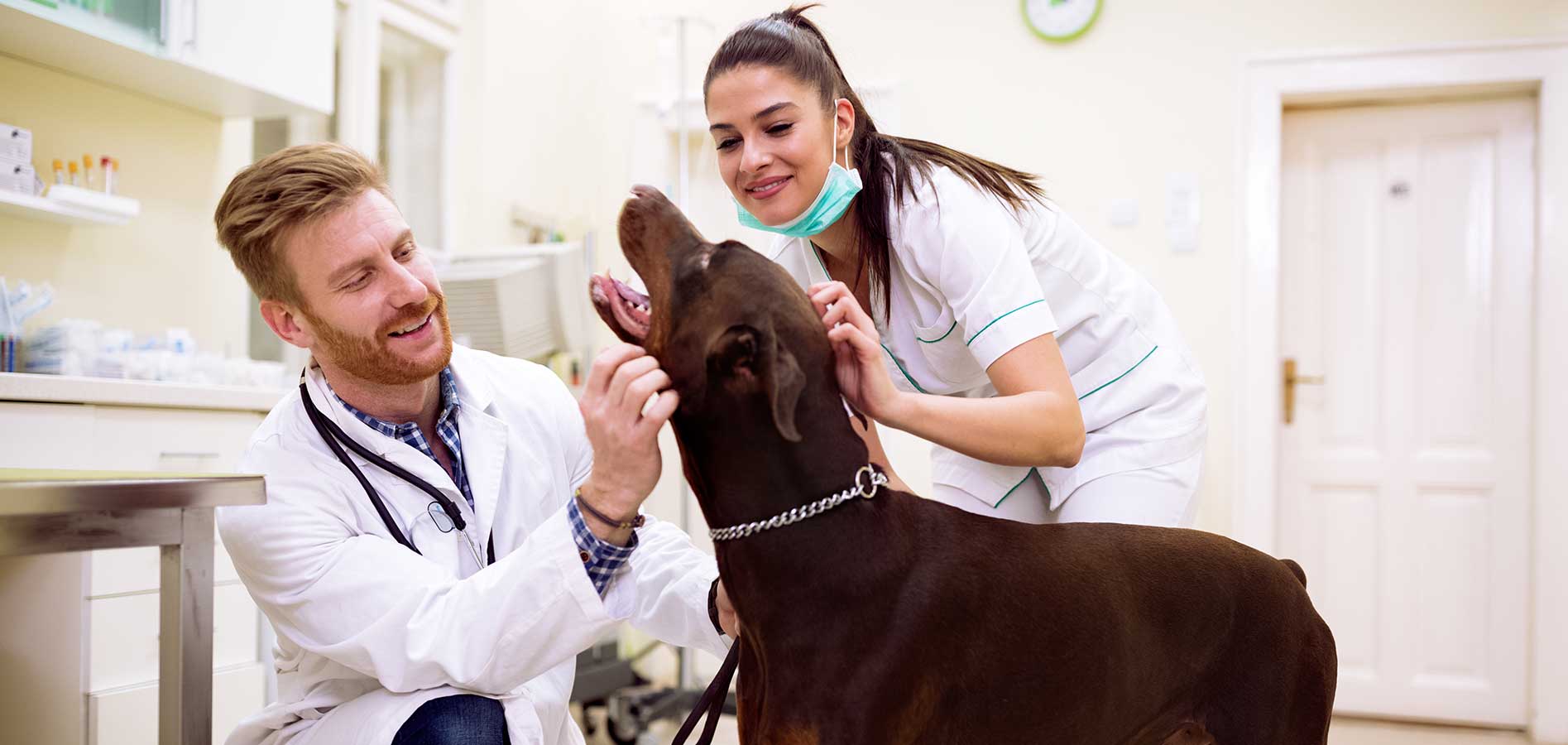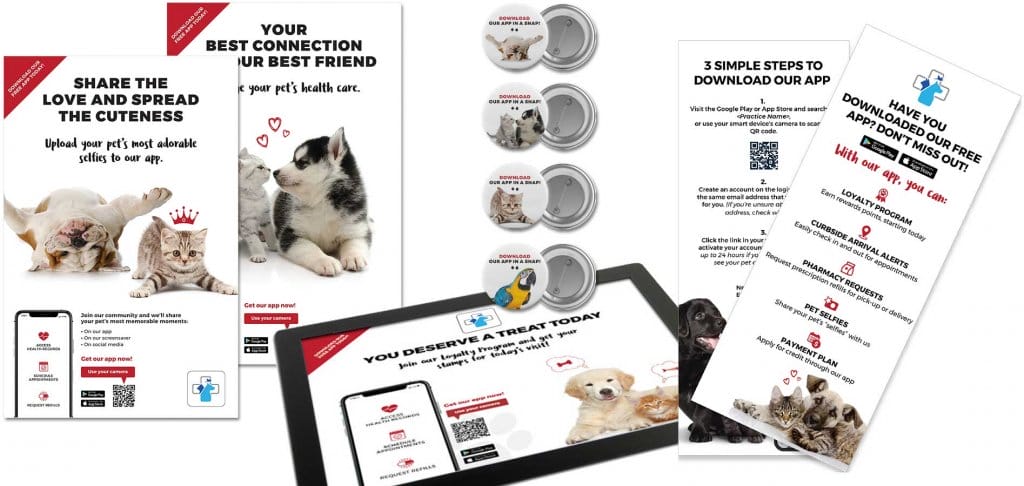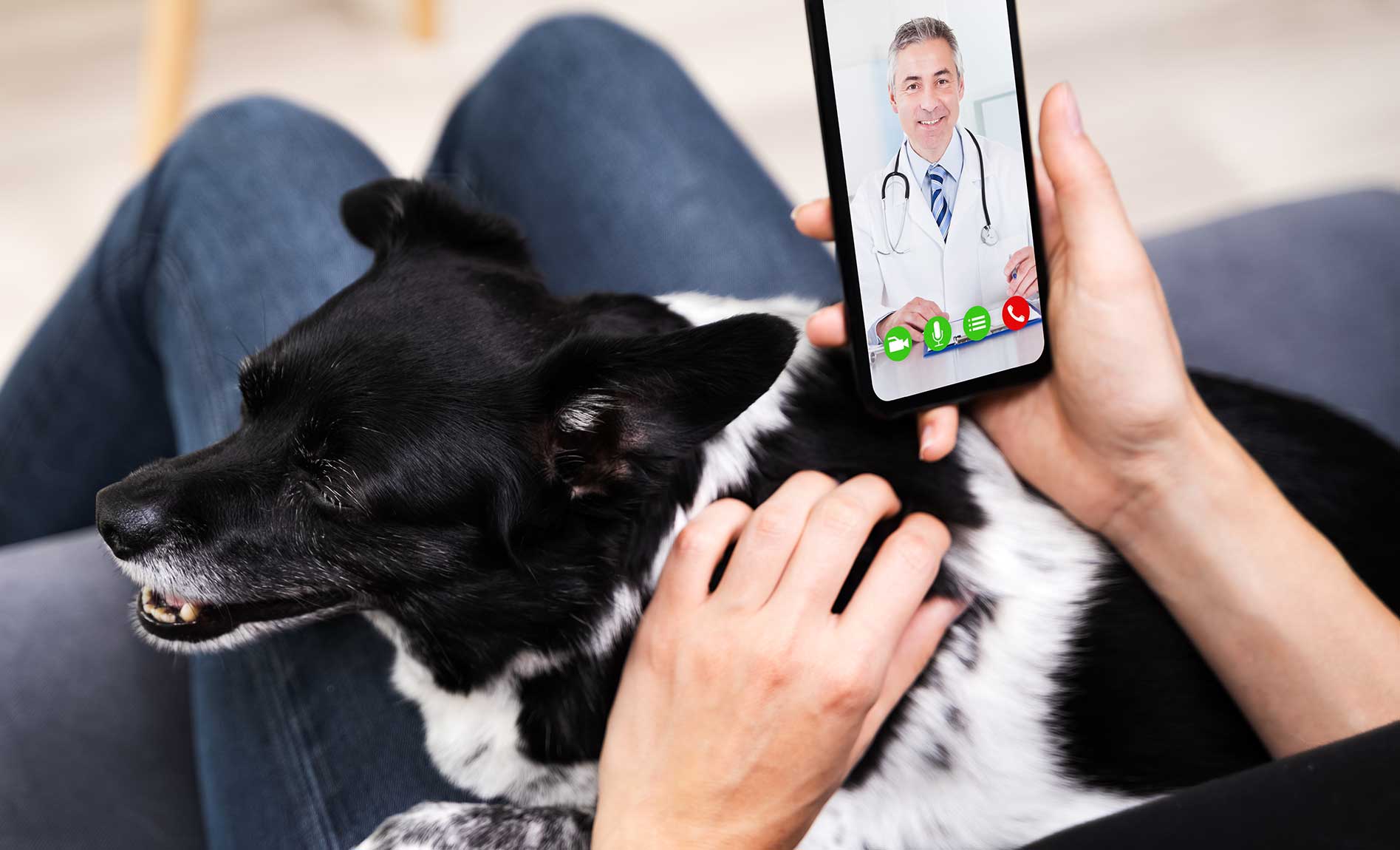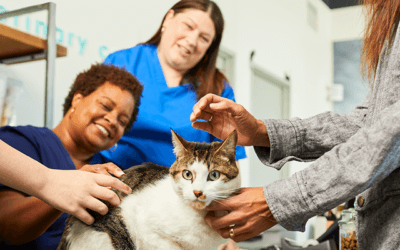It’s been nearly a year since COVID-19 forced veterinary teams to think outside the box and provide their essential services in different, safer ways. Whether you’re waist-deep into offering a veterinary telemedicine service or you’re just beginning to open up to the idea, here are five considerations for every veterinary professional who wants to win with telemedicine.
1: Know the regulations
When it comes to telemedicine, staying inside the blurry lines of the law must be considered as a veterinary practitioner. But it’s confusing because the law varies from state to state. It contains ambiguous language intended to allow for professional judgement while also opening the door for various interpretations. In addition, the governance structure is complex and often misunderstood. Here’s a quick review:
Veterinary practice act
Each state has a veterinary practice act that is typically regulated by a governmental agency. It is a state law that establishes the qualifications to practice veterinary medicine, the granting of licenses, continuing education requirements, and disciplinary measures. It also defines the scope of veterinary practice, including the requirements for establishing a veterinarian-client-patient-relationship (VCPR).

Many professions have similar acts, including human doctors, dentists, pharmacists, engineers, and architects. Changes to a practice act usually require legislative action: A legislator introduces a bill that is heard by committees, advocated by proponents, opposed by opponents, and voted on by legislators. Many states also periodically review practice acts. This is when the needs of the profession, consumer protection, and aspects of the law itself are open to assessment, and comments from stakeholders are sought. Following the assessment, a revised practice act goes through a legislative process to become the new practice act.
State veterinary board (SVB)
A state’s veterinary board usually consists of 5 to 10 veterinarians and public members serving in a volunteer capacity who have been elected or appointed to interpret and enforce the practice act. This is the body that establishes the qualifications for licenses, grants licenses to practice veterinary medicine, hears complaints, and issues disciplinary measures. They also provide rules and guidelines for clarity on operating within the state’s practice act. If the SVB receives a complaint about a veterinarian, it is the role of the SVB to review the merits of the complaint and apply it against the practice act requirements to determine whether disciplinary action is warranted.
State veterinary medical association (VMA)
A state’s veterinary medical association is usually a nonprofit organization led by a board of directors made up of volunteer veterinarians in the state. A VMA may also have a paid leader, and perhaps a staff. The VMA works to support veterinarians and the profession in the state with education, advocacy with animal welfare and veterinary-related bills, various services, products, information dissemination, and community building. Members pay dues to support the organization’s activities that advance the common interests of veterinarians.
When it comes to veterinary telehealth, there is an important distinction to be made concerning the VCPR. The practice act defines what must occur for a VCPR to be established, specifically whether a physical examination of the patient is required. In most instances (possibly with the exception of emergencies), having an established VCPR is a fundamental requirement of the law to practice veterinary medicine.
If a VCPR has been established under the requirements of the practice act, it is legal in many states to practice veterinary telemedicine. This means that you can practice using telemedicine technologies for all existing patients for which VCPRs have been legally established.
Most states do not allow a VCPR to be established using telehealth technologies. It is the state practice act that determines the scope of practice, including supervision requirements for specific diagnosing, prescribing, treating, and surgical activities.
Note that federal regulations require that a VCPR established through a physical examination must be in place to prescribe extra-label drugs. For that reason, it is essential that each veterinarian engaging in telehealth review their state’s practice act and decide their own approach to the requirements of their practice act. Most practice acts were enacted before the advent of telemedicine, and they allow for a veterinarian’s professional judgement, which means individual veterinarians must decide what is right for the patient and the client should a complaint arise. To date, there has not been a license revoked in any state for a virtual consultation.
When it comes to documentation of a telehealth visit, such as a phone call, two-way chat, or live video, the practice act will define what is legally required for medical records. There is no current requirement to record or transcribe any conversation with a client. However, should a complaint arise, the SVB will use whatever documentation is available to understand the veterinarian’s perspective.
We’ve all heard “if it isn’t in the record, it didn’t happen.” That applies to telehealth, too. A great approach is to document your digital communications the same way you document your phone conversations. You can store the actual transcript or recording, or you can summarize a recap in the patient record.

2: Select the right veterinary telemedicine platform
Platform and technology selection is a crucial step to success with veterinary telemedicine. Some core requirements for a successful veterinary telemedicine platform include:
- Virtual payment
- The ability to incorporate pictures and videos into the chat
- Easy documentation
- Effective cybersecurity to protect the information being exchanged
Some features that can make the platform easier to use, but aren’t “deal breakers” for the overall success of the platform include:
- Live video
- Customization of hours/fees/autoreply
- Writebacks into your practice management software
How to find the platform that will best suit your needs
- Think about your “why.” Why do you want to institute telemedicine? What problem are you trying to solve with a telemedicine platform, and what type of telecommunications will you need to solve that problem?
- Inquire with your existing communication platform or veterinary practice management system provider to see if a telemedicine feature has been added. Technology is quickly moving, and new features are being added to many platforms.
- Make a list of your must-have features.
- Review the platforms and determine which platform will solve your “why.”
- Gather information on each platform, such as cost, ease of use, flexibility, documentation, security, liability/consent, and integration.
- Once you’ve researched your options, pick the platform that will help keep your business afloat.
3: Implement telehealth into your workflow
As is often the case with technology, it isn’t really about how the technology actually works, it’s about what you do with the technology in your practice’s workflow. Technology is powerful when it can speed up a current workflow system to free up humans to do more meaningful work, reduce stress, generate revenue, or reduce errors. Otherwise, it’s a nice-to-have-bells-and-whistles piece that won’t really solve a problem.
Depending on the pain points in your practice, there are several options when it comes to implementing telehealth into your workflow.
- Lowest effort — Add telemedicine to replace phone calls with chat advice (e.g., questions from clients, follow-up on a case, etc.).
- Medium effort — Choose a digital coordinator—most likely a technician. This person will triage all incoming consults and escalate to the veterinarian—in-person or via chat—when necessary.
- High effort — Add scheduled telemedicine appointments for anything a doctor would normally see in person. The veterinarian could be remote, or the telemedicine appointments could be built into their schedule while at the practice. This requires a VCPR in most states.
The key is to choose an option that will speed up your workflow, minimize stress, or minimize errors. Remember: Start small, and then advance. It’s much easier to dip your toe in the water before you jump in the deep end with new technology workflows.

4: Market your services
As veterinarians, we did not go to school to learn about marketing. But veterinary marketing is crucial for the success of your telemedicine platform. You may have the technology, and you may know how to use it, but if your clients don’t know about your telemedicine offering, it will not be successful.
The easiest, cheapest, and most effective way to market your veterinary telemedicine platform is by word of mouth. Everyone who walks into your hospital or calls on the phone gets information on your new communication tool. Have your front-desk staff talk about it, have your technicians highlight it in the exam room, and ensure the doctors remind clients of this easy new way to follow up with them.
Other ways to market your telemedicine services include:
- On-hold voice message
- Push notifications
- Email blasts
- At the bottom of the invoice
- Social media posts
- Website
- Mailers
- Visual displays in the hospital
- In puppy/kitten and new client packets
- Google Ads and local SEO
Ask your platform provider if they have digital or print marketing materials available for your use. Vet2Pet has many marketing tools for clients, including custom videos, social media content, stickers, posters, rack cards, buttons, counter mats, window decals, parking lot signs, and more.
If you market your telehealth services effectively, you’ll be a virtual care rockstar.

5: Generate revenue
Revenue generated using telehealth technology can come in a variety of ways.
Direct:
- Primary exams — This is the most straightforward way to generate revenue, and it’s often the first place your mind goes when thinking about revenue models. The client pays a fee—usually through the platform — to chat or video with the doctor. The most common approach is to charge 50% of the in-person exam fee, but there is no one-size-fits-all approach to direct charging for consults.
- Recheck exams — Many pet owners skip out on the charged recheck exam, which results in a missed opportunity. One of the biggest barriers to a pet owner coming for a recheck appointment is the time it takes to come in and confirm their pet is doing well. Reduce friction on the visit by converting it from in-person to two-way chat or video — you’ll increase compliance and capture the fee.
Indirect:
- Increase volume of cases seen — Telehealth enables the existing veterinarian to expand care to more pet owners without requiring more real estate or heavy investments of time. Two-way chats especially can be done more quickly and in tandem, while in-person appointments take more time and can only be done sequentially.
- Save time with focused visits — Telehealth can be used to eliminate some of the components of the exam, saving the in-person part of the exam for higher payoff activities. For example, a client could share a video of their Lab limping and toe-touching on the hind leg. Through two-way chat, the client could be educated about the recommendations for sedation and radiographs. The patient could be dropped off the next day and scheduled for discussion at pick up. By avoiding the initial in-person exam, this approach would cut out approximately 30 minutes.



